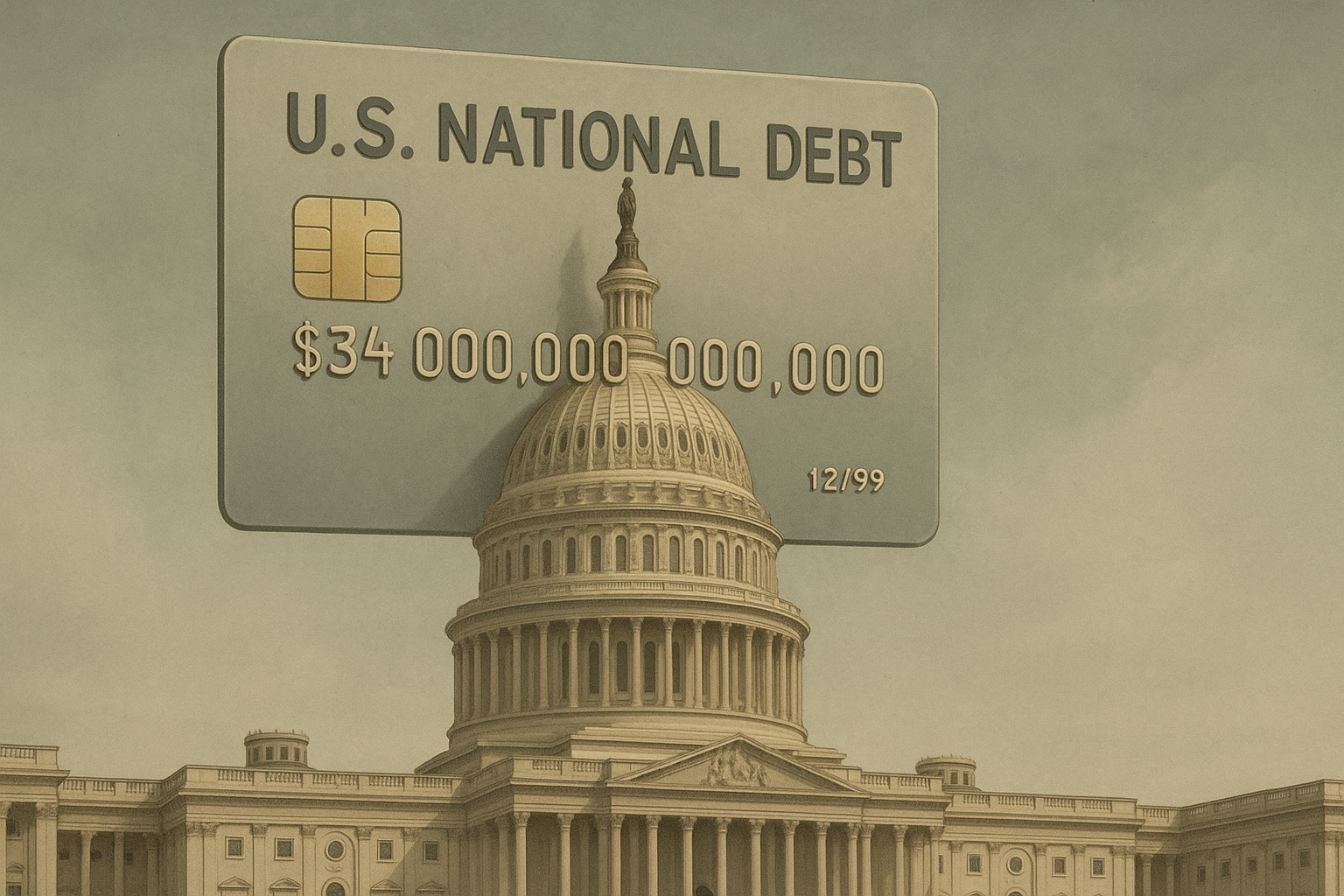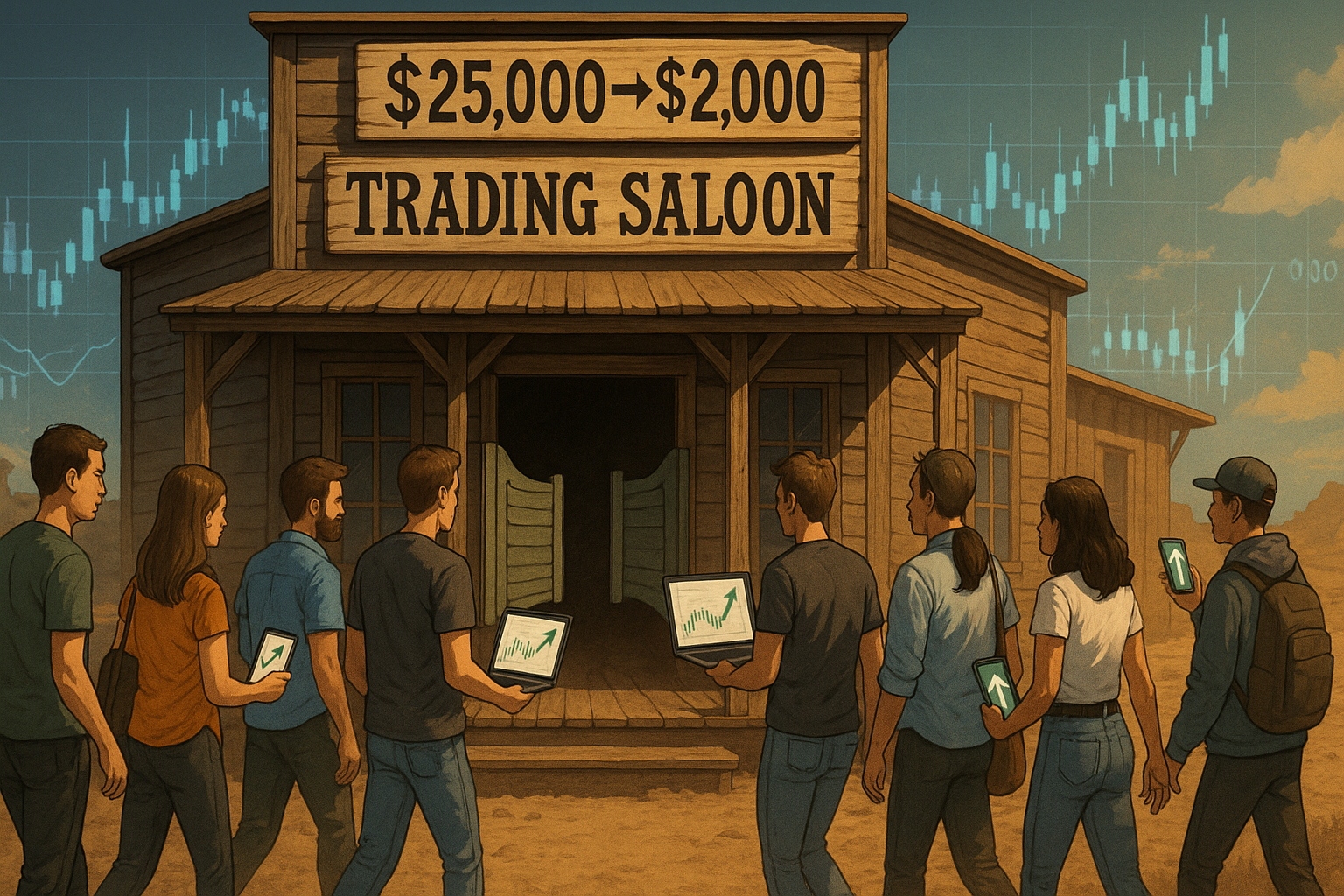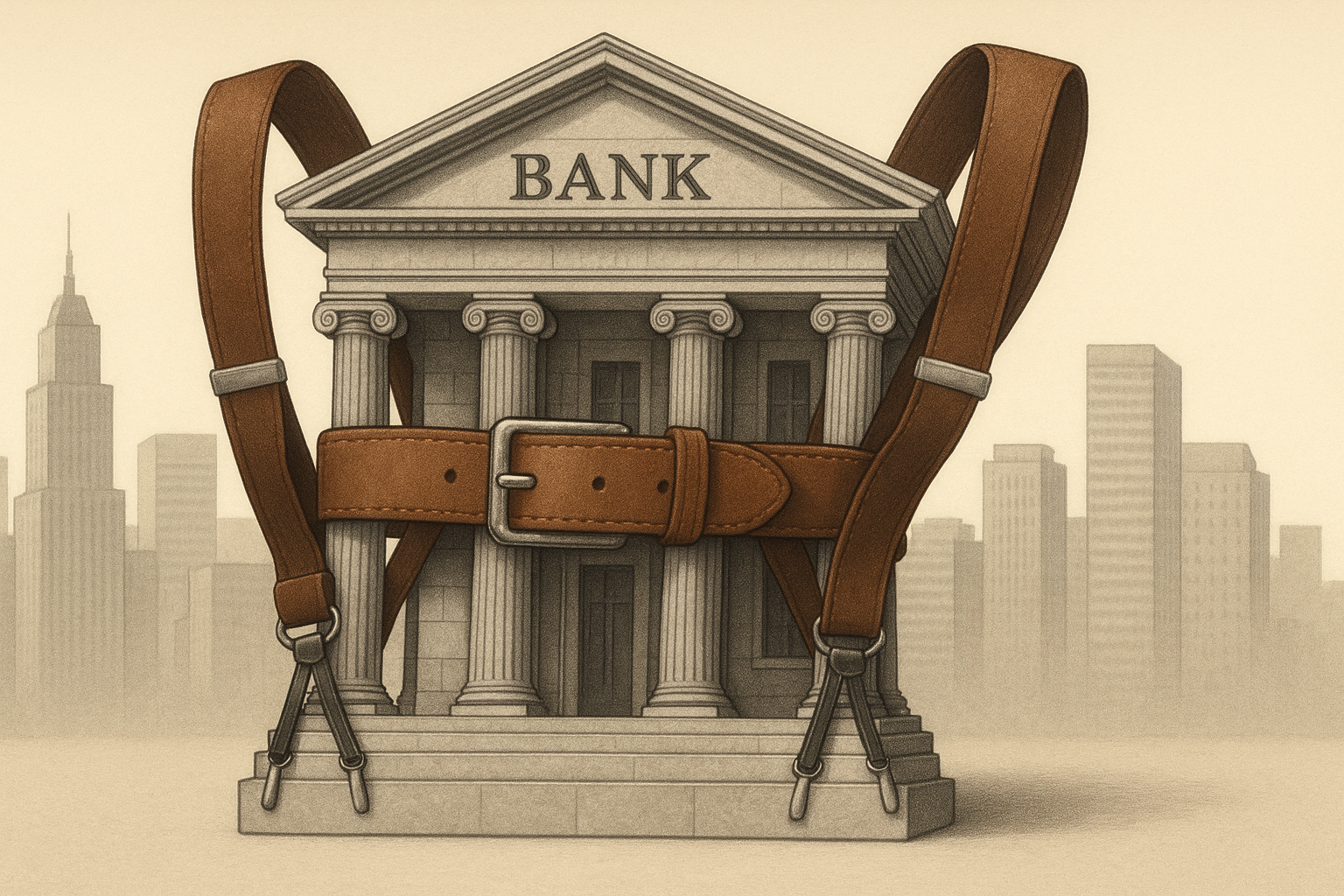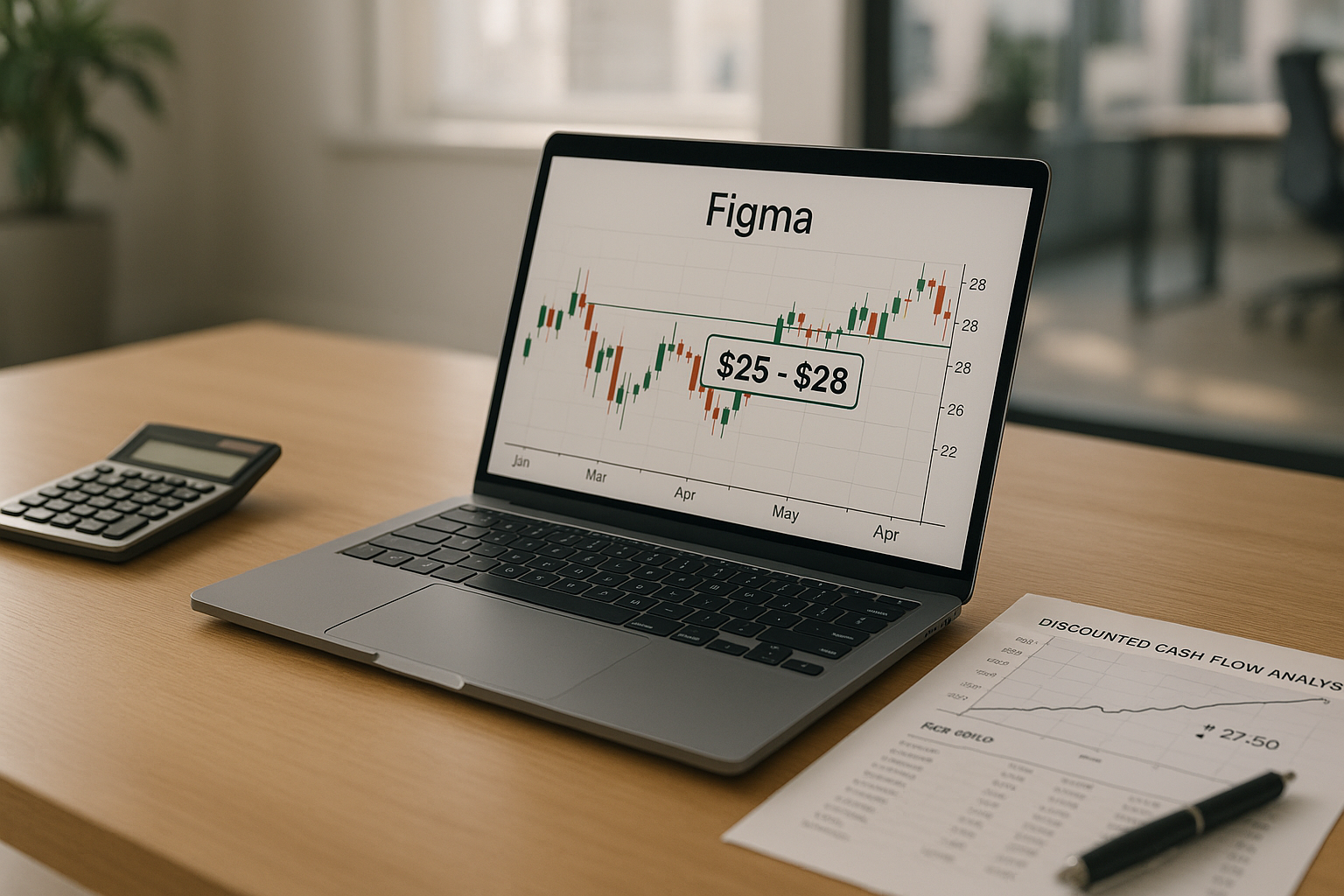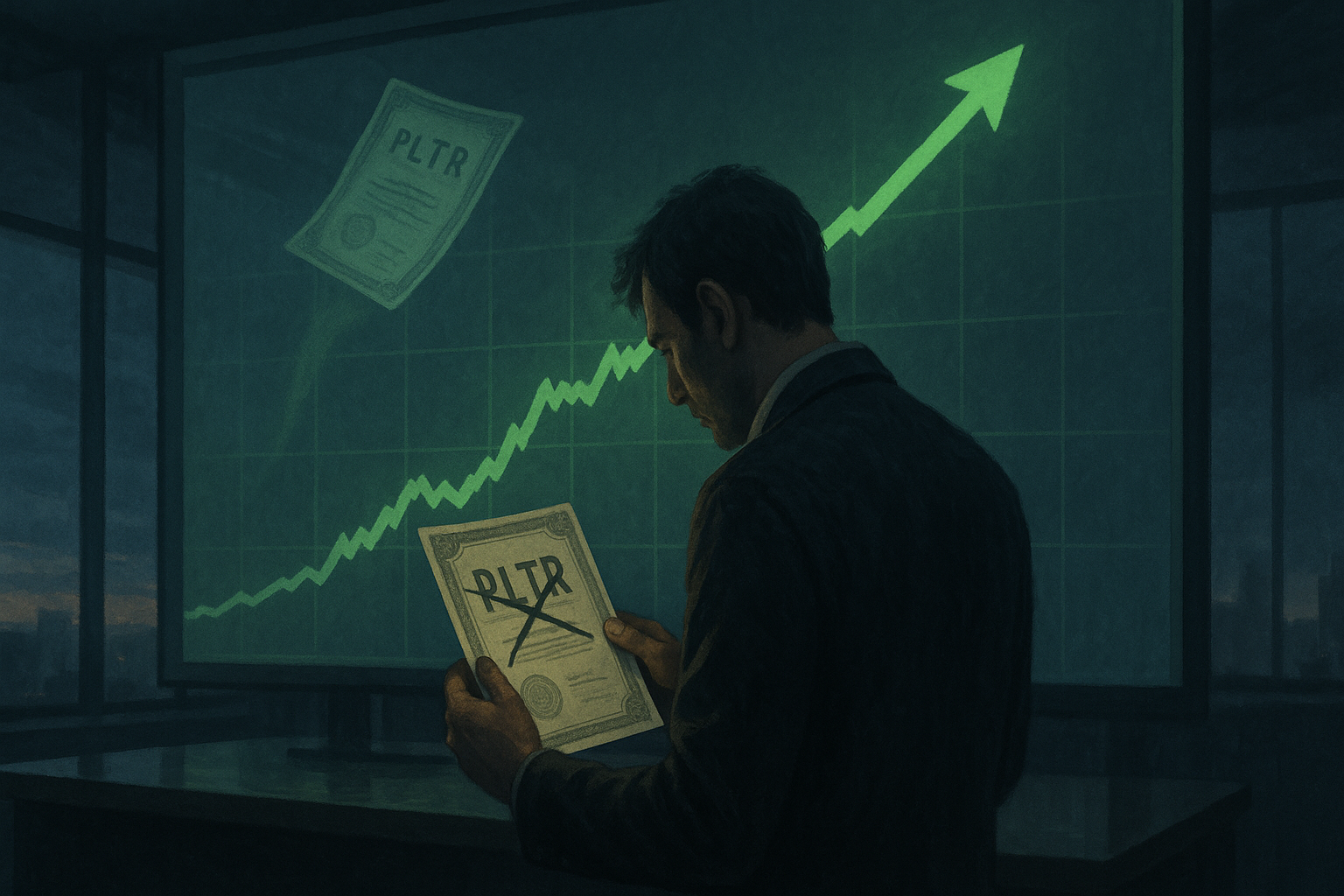You know that stomach-dropping feeling when you check your credit card balance after a holiday spending spree? Now imagine that number has 13 zeros behind it.
America's national debt recently cruised past $34 trillion with about as much public attention as a minor traffic advisory. Our collective shrug at this milestone speaks volumes about how desensitized we've become to fiscal figures that should, by any reasonable standard, make our hair stand on end.
I've spent nearly two decades tracking financial markets, and let me tell you—the mechanics of sovereign debt are nothing like your personal Visa card. That comparison, while tempting, misses some fundamental differences.
Not Your Household Budget
For starters, none of us can print legal tender in our basement (unless federal prison is your idea of a retirement plan). The government controls its currency, possesses taxation authority, and enjoys what finance types call the dollar's "exorbitant privilege" as global reserve currency.
But that doesn't make the situation less precarious.
The real concern isn't the eye-popping number itself—though $34 trillion certainly deserves a moment of reflection. It's what lies beneath: a system where interest payments alone are approaching $1 trillion annually. That's not paying down principal. That's just the juice.
Think about that. We're spending more on interest payments than on national defense. More than on Medicare. And those interest costs are projected to nearly double over the next decade, according to Congressional Budget Office estimates I reviewed last week.
A Confidence Game (Not the Illegal Kind)
Is this whole arrangement a pyramid scheme, as some critics suggest? Not exactly—though I understand the instinct.
Traditional pyramid schemes collapse because they require an exponentially growing base of new participants. America's debt dynamics work differently. What we're running is more like a sophisticated confidence game—and I don't mean that in a pejorative sense. The entire global financial system operates on confidence, after all.
"The question isn't whether we can pay it all back," explained Janet Williams, former Treasury official whom I interviewed for this piece. "The question is whether investors remain confident we can service the debt indefinitely."
That confidence depends on three key variables: interest rates, economic growth, and primary budget balances (whether we're running deficits beyond interest costs).
When I spoke with bond traders at three major financial institutions last month, none expressed immediate concern. "The market still views U.S. Treasuries as the world's safest asset," one told me, requesting anonymity to speak freely about client positions. "Until that changes, this movie continues."
The Scenarios
So what happens if—or when—the debt tower gets wobbly? Having covered sovereign debt crises in several countries, I see multiple potential outcomes:
We could follow Japan's path. Their debt-to-GDP ratio exceeds 250%, making our roughly 120% look almost responsible by comparison. They've muddled through with low growth, low inflation, and central bank intervention. Not ideal, but not catastrophic either.
Or perhaps we'll see what economists call "financial repression"—using inflation and regulated interest rates to gradually erode the real value of debt. It's essentially a slow-motion default that savers pay for through negative real returns.
Look, history offers other examples too. After World War II, America grew its way out of a debt burden that approached 120% of GDP. Could a productivity boom or technological revolution deliver similar results today? Possibly, though demographic headwinds make this scenario more challenging.
The scenario debt hawks have warned about for decades—a sudden loss of market confidence triggering a vicious cycle of higher interest rates and forced austerity—remains theoretically possible. But bond markets continue to yawn in the face of these warnings.
The Political Paradox
Here's what I find truly baffling after covering fiscal politics for years: the sheer disconnect between rhetoric and action.
Politicians campaign on fiscal responsibility then abandon it upon taking office. Voters claim to care about deficits but punish any politician brave (or foolish) enough to propose actual solutions—whether spending cuts or tax increases.
During a campaign stop in Ohio last year, I watched a candidate receive thunderous applause for promising to tackle the debt, followed immediately by equally enthusiastic cheers for proposals that would add trillions more to it. The cognitive dissonance was remarkable.
"We're all deficit hawks until it affects our priorities," a senior congressional staffer told me over coffee near Capitol Hill recently. "Then suddenly the debt is a problem for the next generation to solve."
The Uncertain Future
The most likely outcome? Some messy combination of all possible scenarios—muddling through with occasional market tantrums that force incremental adjustments without fundamental reform.
For now, America maintains its extraordinary privilege of borrowing in its own currency at favorable rates. The debt can continue rolling over indefinitely... until it can't. The problem with fiscal tipping points is they're only obvious in retrospect.
I'm reminded of something former Citigroup CEO Chuck Prince said just before the 2008 financial crisis: "As long as the music is playing, you've got to get up and dance." We remember how that particular party ended.
In the meantime, we'll continue this strange national waltz—adding trillions to the tab while bickering over budget crumbs.
And that debt clock? It just keeps ticking.
